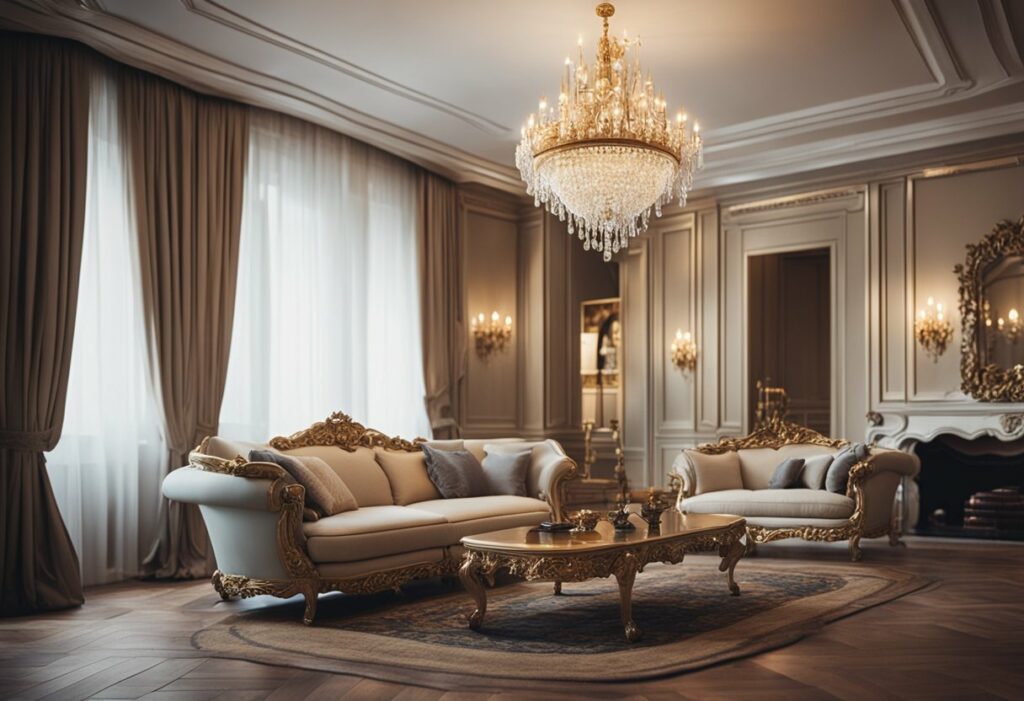European Home Interior Design: Inspiring Ideas and Trends
European home interior design is known for its elegance and inviting atmosphere. It’s a style that has been popular for centuries and continues to be a favourite among homeowners. If you’re looking to transform your home into a European-inspired space, there are several things you need to know.
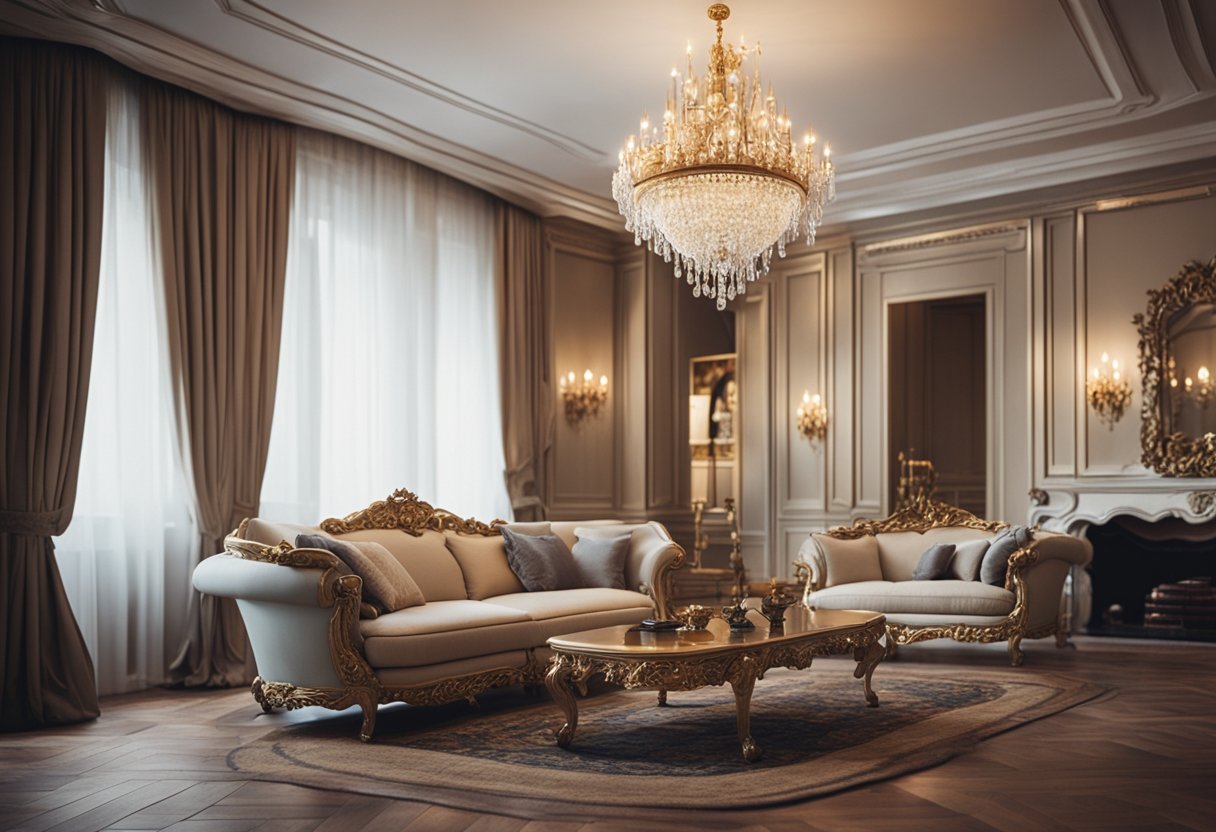
Fundamentals of European Interior Design include colours, textures, and patterns that evoke a sense of timeless beauty and sophistication. Distinct European Styles and Influences can be seen in the details, such as ornate mouldings, luxurious fabrics, and intricate furniture designs. From French Rococo to English Tudor, there are many styles to choose from, each with its own unique characteristics. Whether you prefer a minimalist Scandinavian look or a grand Italian villa, there is a European style to suit every taste.
Key Takeaways
- European home interior design is known for its elegance and inviting atmosphere.
- Fundamentals of European Interior Design include colours, textures, and patterns that evoke a sense of timeless beauty and sophistication.
- Distinct European Styles and Influences can be seen in the details, such as ornate mouldings, luxurious fabrics, and intricate furniture designs.
Fundamentals of European Interior Design
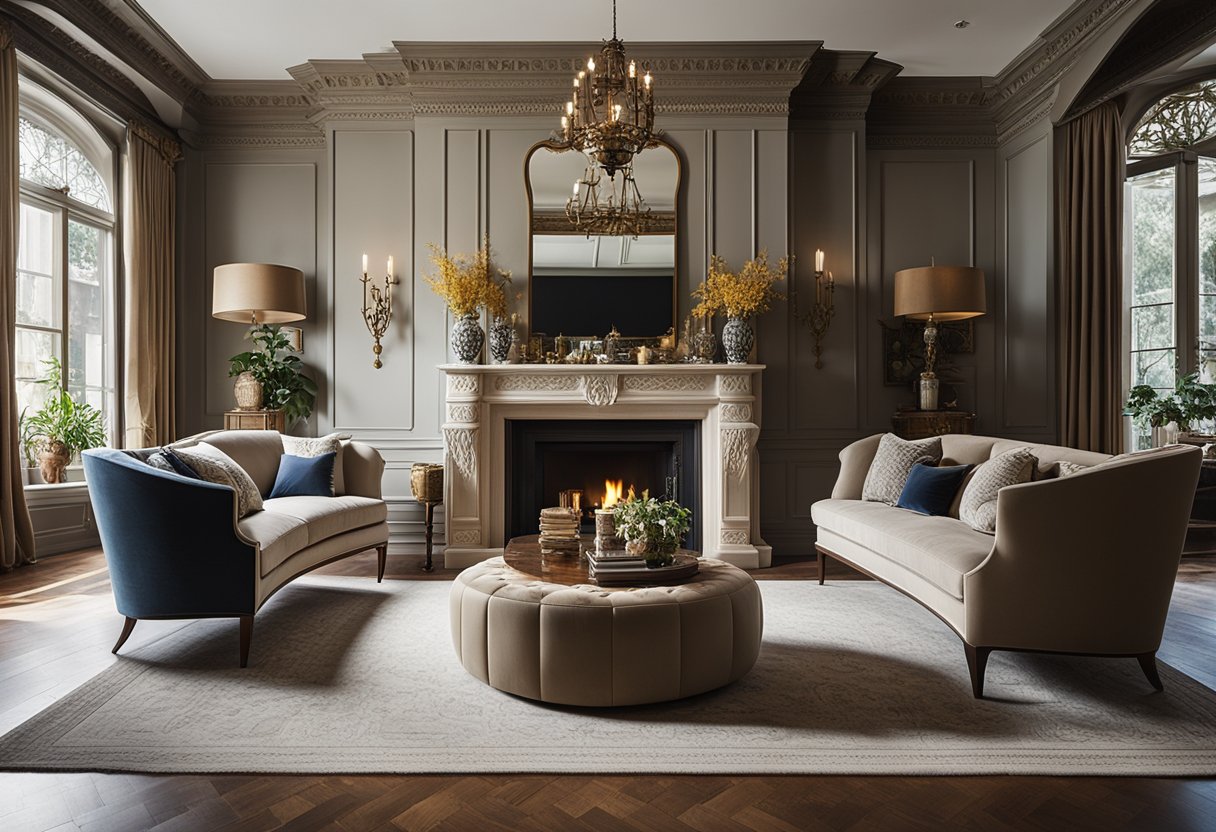
If you are looking to bring timeless elegance and classic design into your home, European interior design might be the perfect choice for you. European interior design is all about incorporating natural elements, playing with light and colour, and using furniture and accessories that are both functional and beautiful.
Incorporating Natural Elements
One of the key elements of European interior design is the use of natural materials. From wood and stone to wool and linen, natural elements bring a sense of warmth and organic beauty to any space. Incorporating natural elements can be as simple as adding a few potted plants or as complex as installing a stone fireplace.
The Role of Light and Colour
Light and colour play a crucial role in European interior design. Neutral colours such as beige, grey, and white are often used as a backdrop, allowing natural light to take centre stage. To create balance and harmony, pops of colour are introduced through artwork, accessories, and textiles.
European Furniture and Accessories
European interior design often incorporates antiques and vintage pieces, adding a sense of history and character to a space. Furniture is chosen for both its beauty and functionality, with pieces often featuring intricate details such as moldings and carvings. Accessories such as mirrors, lamps, and rugs are used to add texture and interest to a room.
In summary, European interior design is all about creating a space that is both beautiful and functional, with a focus on natural elements, light and colour, and timeless elegance. By incorporating these fundamentals into your home, you can create a space that is both inviting and inspiring.
Distinct European Styles and Influences
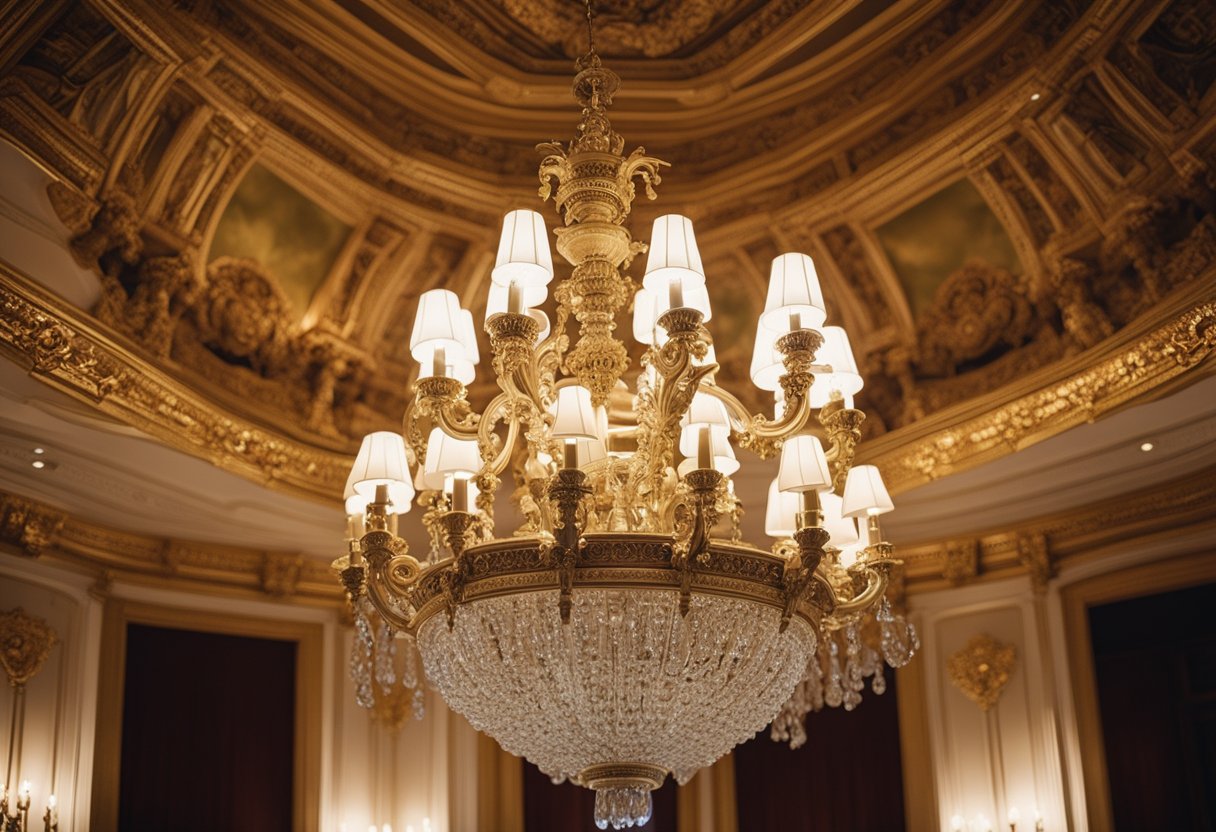
If you’re looking to add a touch of European sophistication to your home, you’ll be spoiled for choice with the variety of styles and influences available. From French country charm to elegant Italian flair and English traditional elegance, there’s something to suit every taste.
French Country Charm
French country style is all about creating a warm and welcoming atmosphere with a touch of rustic charm. This style often features natural materials such as stone and wood, and incorporates floral patterns and curtains to add texture and depth. To achieve this look, consider adding a few vintage pieces such as chandeliers or antique furniture, and stick to a neutral colour palette with pops of blues and greens.
Elegant Italian Flair
Italian interior design is known for its luxurious materials, such as marble and silk, and its use of bold geometric patterns. To achieve an elegant Italian look, consider incorporating architectural details such as arches and columns, and using warm, earthy colours such as beige and copper. Velvet and silk are also popular choices for upholstery and curtains, and antique cabinets and vases can add a touch of old-world charm.
English Traditional Elegance
English traditional style is all about creating a sense of grandeur and sophistication. This style often features classic European elements such as baroque chandeliers and herringbone rugs, as well as traditional materials such as brass and copper. To achieve an English look, consider using white walls as a backdrop for your furniture and decor, and incorporating vintage pieces such as china and vases. Architectural details such as mouldings and panelled walls can also add a touch of elegance.
Overall, European interior design is a beautiful mix of classic and modern styles, incorporating cultural influences from all over the continent. Whether you prefer a simple cottage feel or an open floor plan with contemporary elements, there’s a European style that’s perfect for you.
Frequently Asked Questions
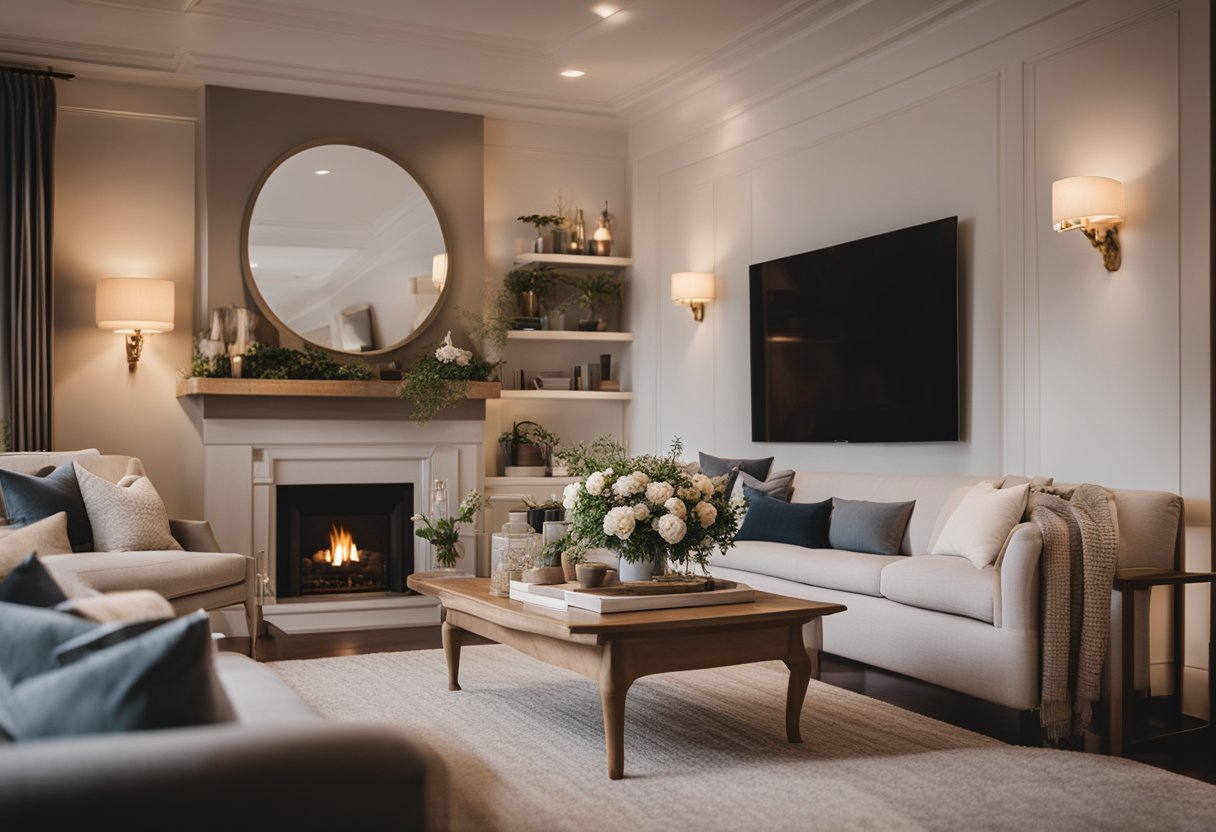
What are the defining elements of classic European interior design?
Classic European interior design is characterised by ornate details, rich colours, and luxurious fabrics. It often features intricate woodwork, mouldings, and carvings. Classic European interior design also incorporates elements such as chandeliers, gilded mirrors, and antique furniture. To achieve this style, try incorporating bold colours, elegant textiles, and ornate decor pieces into your living space.
How can I infuse my living space with a minimalist European aesthetic?
Minimalist European interior design is all about simplicity and functionality. This style is characterised by clean lines, neutral colours, and natural materials. To achieve this look, try incorporating furniture with simple, clean lines and using a neutral colour palette. You can also add natural materials such as wood, stone, and linen to create a sense of warmth and texture.
What are the latest trends in modern European home interior styles?
The latest trends in modern European home interior styles include a focus on sustainability, natural materials, and bold colours. Many designers are also incorporating vintage and antique pieces into modern spaces to create a sense of history and character. Other popular trends include the use of industrial materials, such as concrete and metal, and the incorporation of technology into interior design.
Where can I find exquisite European home decor for online purchase?
There are many online retailers that offer exquisite European home decor. Some popular options include Design Inside, ElsonDesigns, and Don Gardner. These retailers offer a wide variety of decor items, from furniture and lighting to textiles and accessories.
How can I create a European-style ambiance in my home on a budget?
Creating a European-style ambiance in your home on a budget is easier than you might think. Start by incorporating a few key elements, such as a vintage rug or a statement piece of furniture. You can also add texture and warmth to your space by using natural materials such as wood, stone, and linen. Finally, consider adding some statement lighting fixtures, such as a chandelier or pendant light, to create a sense of drama and elegance.
What are the essential characteristics of European interior design that I should incorporate?
The essential characteristics of European interior design include a focus on elegance, comfort, and functionality. This style is characterised by a sense of history and tradition, as well as a love of ornate details and luxurious fabrics. To incorporate European interior design into your living space, try using a neutral colour palette, incorporating natural materials, and adding statement decor pieces such as a chandelier or antique mirror.

